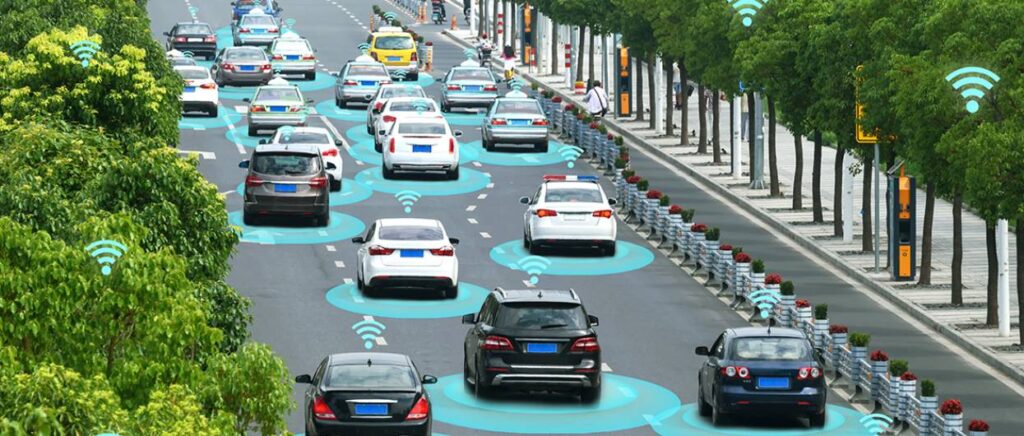There is a rapid increase in the use of a traffic management system (TMS), especially in modern cities as they provide a way to manage traffic flow, reduce congestion, and improve public safety. A TMS seember
relies on various technologies such as cameras, sensors, and data analytics to collect and process traffic data. Here are seven reasons why you should use traffic management systems:
- Improved Traffic Flow
Traffic management systems can help to improve traffic flow by using real-time data to manage traffic lights, lane changes, and other traffic control mechanisms. This can help to reduce congestion, shorten travel times, and improve overall road safety. By dynamically adapting to traffic conditions, TMS can also help to prevent accidents caused by unexpected traffic patterns.
- Reduced Emissions and Fuel Consumption
Traffic congestion can lead to increased fuel consumption and emissions as vehicles are forced to idle or stop and start frequently. A TMS can help to reduce congestion by managing traffic flow more efficiently, which can lead to significant reductions in fuel consumption and emissions. This can also help to improve air quality in urban areas and reduce the impact of transportation on the environment.
- Enhanced Public Safety
The TMS can also improve public safety by reducing the risk of accidents caused by traffic congestion and by providing real-time information about road conditions to drivers. By using cameras and sensors to monitor traffic, the TMS can detect and respond to accidents and other incidents more quickly, reducing the risk of further accidents or injuries. It can also provide real-time information about road closures, construction, and other hazards, helping drivers to avoid potential dangers and stay safe on the road.
- Improved Planning and Decision Making
A TMS can provide valuable data and insights to city planners, transportation authorities, and other decision-makers. By collecting and analysing data about traffic patterns, the system can help to identify areas of congestion, accident hotspots, and other areas where improvements are needed. This data can then be used to inform transportation planning, infrastructure investments, and other decisions that affect traffic flow and public safety.
- Increased Efficiency
The traffic management system can help to increase the efficiency of transportation networks by reducing congestion, improving traffic flow, and optimising the use of resources. By using real-time data to manage traffic flow and optimise transportation routes, it can reduce the time and resources required to move people and goods through urban areas. This can help to reduce costs, increase productivity, and improve the overall efficiency of transportation systems.
- Enhanced Customer Service
The TMS can also enhance customer service by providing real-time information to drivers and other transportation users. By providing information about traffic conditions, road closures, and other hazards, it can help drivers to plan their routes more efficiently and avoid delays. It can also provide real-time information about public transportation schedules, helping passengers to plan their journeys more effectively and reduce wait times.
Suggest to Read:- Under Vehicle Scanning Systems – Then & Now
- Improved Economic Development
The traffic management system can help to promote economic development by improving transportation infrastructure and increasing the efficiency of transportation networks. By reducing congestion and improving traffic flow, the system can make it easier for people and goods to move through urban areas, which can attract new businesses and support economic growth. It can also help to reduce transportation costs for businesses, which can improve their competitiveness and support job creation.
Conclusion
Traffic management systems are becoming increasingly important in modern cities as they provide a way to manage traffic flow, reduce congestion, and improve public safety. By using real-time data to manage traffic flow, TMS can help to reduce fuel consumption and emissions, enhance public safety, and improve planning and decision-making. TMS can also increase the efficiency of transportation networks, enhance customer service, and promote economic development. As cities continue to grow and face new transportation challenges, TMS will play an increasingly important role in managing traffic and ensuring the safety and well-being of urban residents.
